
Saffron; to buy or not to buy? That is not the question you should be asking yourself. The question you should be asking yourself is: “why don't I already have saffron in my spice cupboard?”
We understand some reservations when it comes to saffron. After all, it is not a cheap spice. The price alone is enough to put you off. But it shouldn’t; there is much more to saffron than the hefty price tag. Aside from the price you might be thinking:
- What are you going to use it for anyway?
- How do you know you’re storing it properly?
- What’s the difference between all types of saffron?
- And even more importantly, how do you know you’re not being conned?
Well, that’s what we’re here for. We are here to address all your questions and to convince you that saffron is not just some expensive hype.
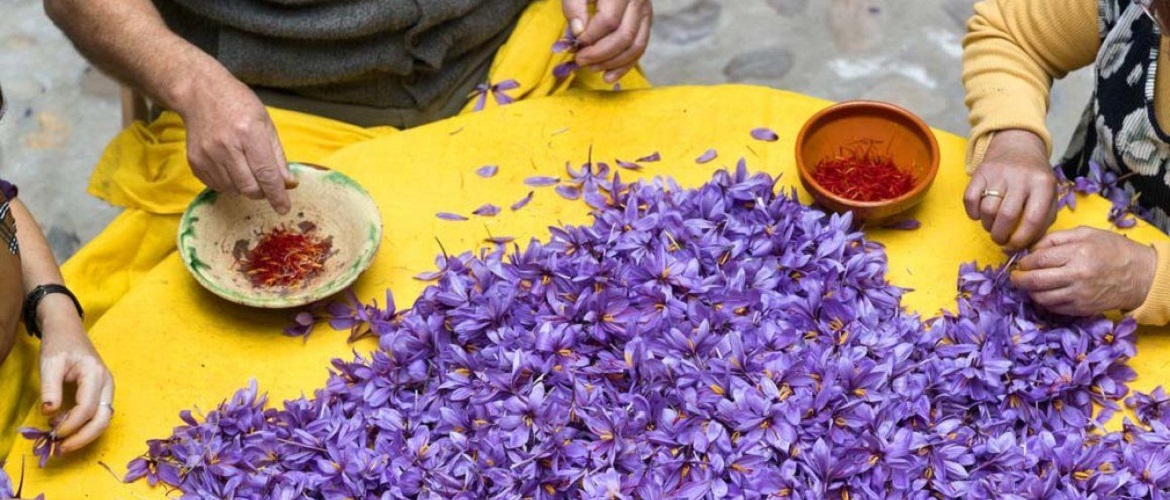
But, what exactly is saffron?
Saffron is the spice derived from the stigmas of the saffron crocus flower. Saffron is known as the world’s most expensive spice. A kilo of saffron can cost up to $10,000. Of course, you don’t need that much saffron. A small quantity of saffron will go a long way, and if stored correctly, it can last you up to a year. That’s why the spice is sold by the gram in a small glass or tin container.
The exact origin of saffron remains unclear. Some believe it originated from Persia, while others believe it originated from Greece and Mesopotamia. Today saffron is mainly grown in Iran, Spain, Greece, and India with Iran contributing up to 90% of the world’s saffron production. Saffron is mainly famous for its indescribable taste and mystique aroma.
Why is it so expensive in the first place?
Unlike other spices, harvesting saffron is a labor-intensive and time-consuming process. Saffron flowers bloom only once a year in autumn for 1-3 weeks. The flowers are very delicate and require extra care and professional harvesters. No machinery is used for harvesting the delicate stigmas and they need to be hand-picked.
Saffron flowers are mainly picked during the early hours of the day, as they are very sensitive to direct sunlight. Picking requires both speed and caution. Not all saffron flowers bloom together; therefore, they require constant monitoring so as soon as a flower blooms it is picked, otherwise, it’ll wilt very quickly.
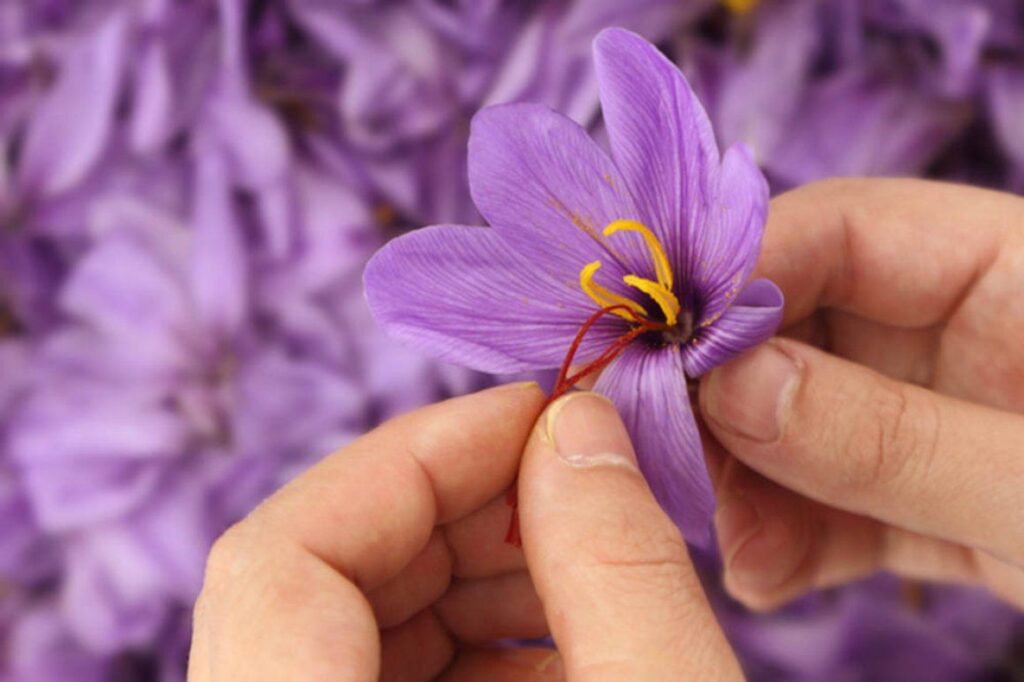
Each saffron flower has 3 stigmas and it takes up to 150 saffron flowers to make 1 gram of saffron. The flowers also take up a lot of land; 1 acre of land yields only 1.8 kilos of saffron while turmeric yields 8-10 thousand kilograms per acre. The amount of hard work and the number of saffron flowers required to produce the spice are what makes saffron such a costly spice.
Each saffron flower has 3 stigmas and it takes up to 150 flowers to make 1 gram of saffron. The flowers are very sensitive and also take up a lot of land; 1 acre of land yields only 1.8 kilos of saffron. The amount of time and hard work required to produce the spice are what makes saffron such a costly spice.
How can I use saffron?
Saffron is a spice as old as time. For centuries saffron has been used in cooking, traditional medicine, and perfumery across the Middle East, the Mediterranean, and the Indian subcontinent.
Best Selling Items
-
€110.95
-
€190.95
-
€13.89
-
2g Saffron Gift Box – Blue
Sold By: Baby Saffron€72.95 -
€17.45
-
-
€29.95
-
€109.99
-
€6.07
Saffron, your wellness sweetheart
For thousands of years, saffron has been used for its healing properties and health benefits. Saffron is rich in antioxidants and is known to have anti-inflammatory properties. Modern research also shows that saffron benefits your body in numerous ways from boosting your mood, to balancing your gut system to improving your skin complexion.
Saffron is a true gem when it comes to wellness. And it is versatile too; you can use it in hair and face masks, teas, and drinks to address your various health needs. If you’re curious to learn more about the health benefits of saffron and practical ways to incorporate saffron into your daily routines, make sure to give our saffron health benefits blog post a read.
Add a dash of sunshine to your plate
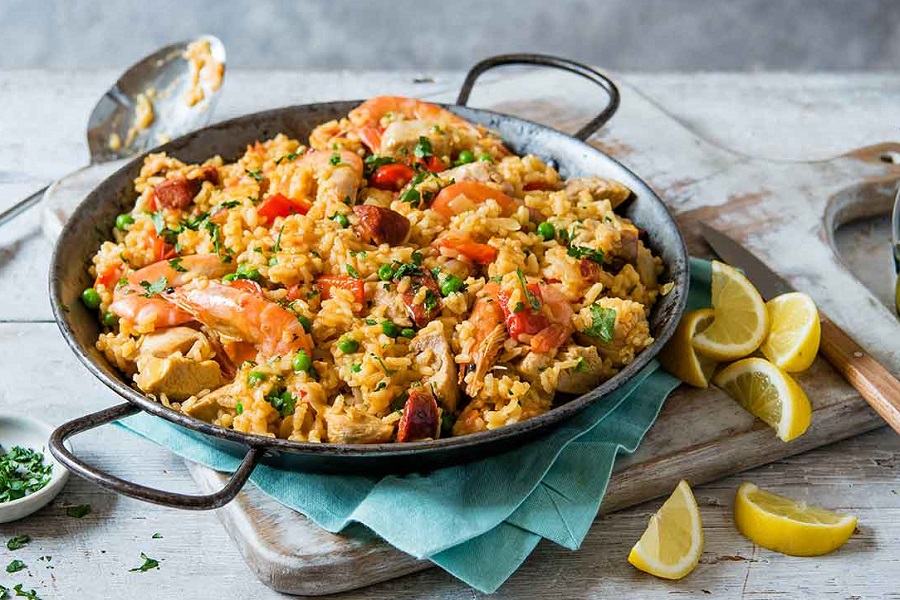
Are sitting there, looking at your paella recipe thinking about substituting the saffron with turmeric or maybe skipping it altogether? Well, don’t! Of course, turmeric will turn your bland rice yellow and it will give it some taste and aroma but it is no match for saffron. It’s saffron that gives a dish that golden orange hue, the pungent earthy flavour, and that fruity honey aroma. When it comes to colour, taste and aroma; saffron is unrivalled. Add a pinch of saffron to any dish and you have graced it with refined elegance.
If you enjoy cooking and love exploring new recipes, then let saffron take you on an exotic journey of flavours and aromas, into the world of Persian, Mediterranean, and Indian cuisines. Saffron is the key ingredient in many dishes from Persian jewelled rice, to paella, to risotto, to biriyani. Add a pinch of saffron and your dishes are instantly transformed, leaving your kitchen filled with a mouth-watering, sweet, fruity aroma. You can impress any crowd with these delicious, easy-to-make, saffron-rich recipes.
How should I store my saffron?
Saffron is a very delicate spice and if not stored properly, it can easily lose its unique flavour and aroma. Saffron is extremely sensitive to direct sunlight and humidity. You need to store your saffron in an airtight container, in a dark and cool place.
It is best to use a small glass or tin container so that the saffron is less exposed to air and humidity. If stored correctly, saffron will retain its luxurious flavour and aroma for up to 2 years.
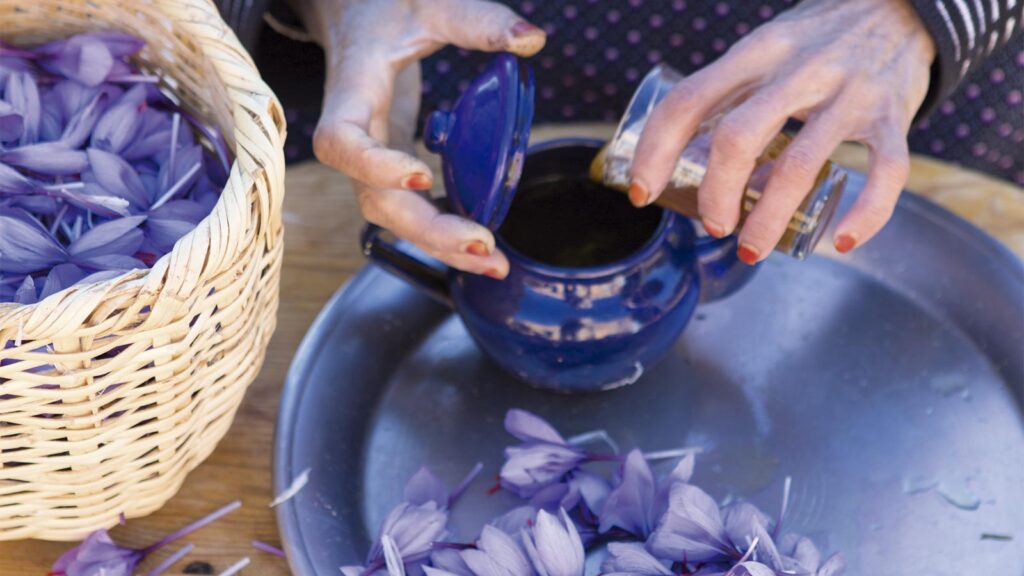
How do I know I’m not being conned out of my money?
Despite its hefty price, saffron has always been in high demand. This has created the opportunity for scammers to take advantage of the popularity of the spice. You could be a huge sum for what may be dyed corn silks, coconut fibres, or horsehair; or if you’re lucky, dyed saffron styles. So, it is very important to know what authentic saffron is like.
There are different ways you can identify authentic saffron:
- The best way to recognize real saffron is through taste and smell. Always remember, saffron has a sweet aroma, but never a sweet taste. Saffron has a bitter, metal-like taste to it. The aroma however has honey and hay notes to it.
- Saffron threads should be dry and brittle. If the threads are soft and sticky, then the saffron is not authentic. Saffron threads are also never shiny. Take a thread of saffron and place it between two pieces of paper and gently press, if the thread leaves oily patches on the paper then you have not been given authentic saffron threads
- Another way to identify authentic saffron is through colour. Place the saffron threads in water and let them soak for 10-15 minutes. Real saffron threads never lose their colour; so, when you take the threads out of the water they should still retain their colour, otherwise, you’re dealing with fake saffron. Also, when you soak the threads in water the colour should not immediately turn red. The colour change should be gradual: It should go from bright orange to deep red in about 30 minutes.
How many types of saffron are there and how are they different?
Saffron is categorised into type and grade based on country of origin and quality. Iranian saffron is famous for its deep orange golden hue and strong aroma. Spanish saffron has a softer colour and aroma, while Greek saffron is famous for its stronger, earthy taste.
As for quality, Persian saffron is categorised into 4 grades:
- Sargol or all-red is the tip of the stigmas only and it is considered the strongest grade of saffron. It includes short stigmas with a deep red colour that provide a very intense colour and aroma.
- Super Negin is top-grade Iranian saffron. It is very similar to Sargol in terms of quality. However, the threads are longer and unbroken; it is aesthetically more pleasing.
- Pushal is lower in quality; you get the red stigmas plus some yellow styles. This mainly affects the quality of the colour and taste of saffron.
- Konje or white saffron is the lowest grade of saffron which includes the yellow style only. It delivers some aroma, but absolutely no colour.
The Spanish grades include Coupe which is the highest grade, followed by Mancha, Rio, Standard, and Sierra.
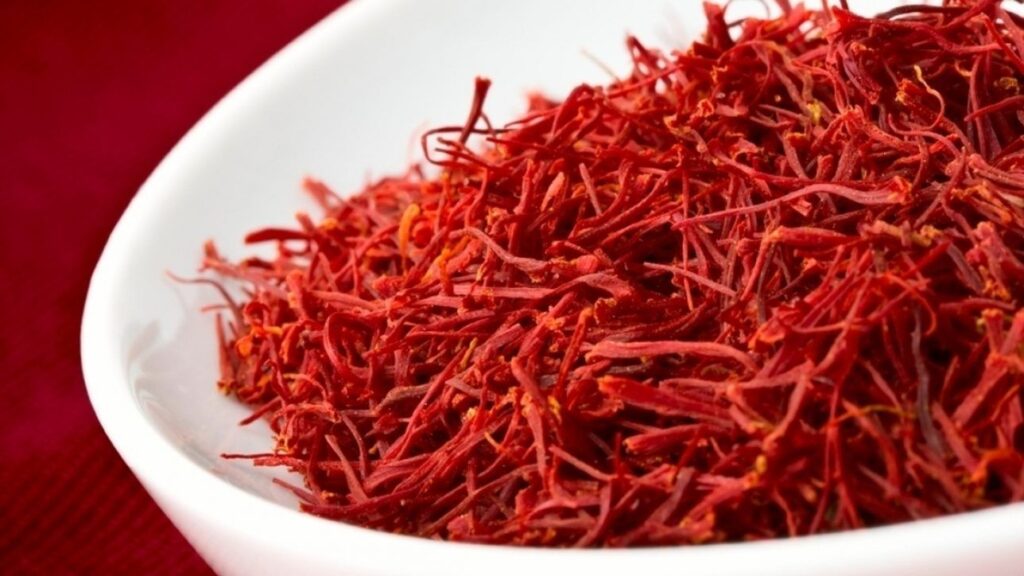
In a nutshell
So now you know that saffron is not just an overrated, overhyped expensive spice. It offers you a whole new and unique culinary experience. It can help you improve your well-being; saffron is full to the brim with antioxidants and nutrients. And when it comes to purchasing saffron; look at it as a long term investment. Now you have the skills and know-how to spot authentic saffron and get your money’s worth.
Recommended Items
-
€39.95
-
-
1g Saffron Gift Box – Red
Sold By: Baby Saffron€39.95 -
€110.95
-
€12.95
-
Poushali Saffron A 1g
Sold By: Rowhani Saffron€2.47 -
€16.55

4 Comments